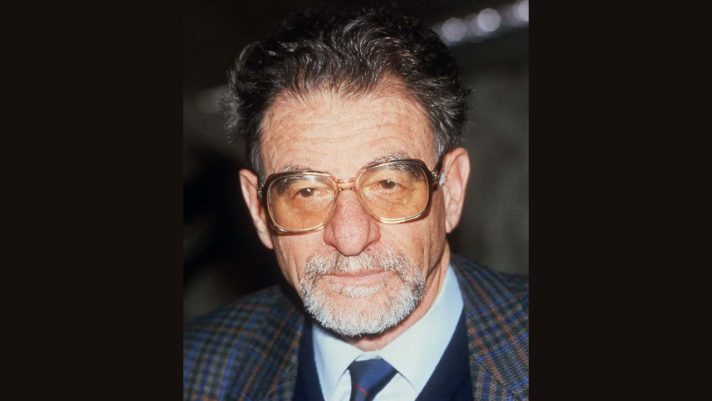Swiss physicist Karl Alex Muller, who won the Nobel Physics Prize in 1987 along with his German colleague Georg Bednorz for their discovery of the first high-temperature superconductor, has died.
Muller, who was 95, died on January 9, according to a death notice published in the Tages-Anzeiger newspaper by his family and the IBM Research laboratory.
The scientist died peacefully in his sleep, after facing the final chapter of life with “perseverance and optimism”, they wrote.
Muller and Bednorz were researchers at the IBM Zurich Research Laboratory when they jointly won the world’s top physics prize more than 35 years ago.
They were honoured “for their important breakthrough in the discovery of superconductivity in ceramic materials.”
Their findings made superconductivity more accessible and opened the way to a broad range of applications, from levitating trains to MRI imaging.
Superconductivity — the phenomenon by which electricity flows through a material without experiencing any resistance or losing energy as heat — was discovered in 1911 when Dutch physicist Heike Kamerlingh Onnes cooled mercury to minus 270 degrees Celsius (minus 454 degrees Fahrenheit) and saw electric resistance disappear.
After that, superconductivity for decades appeared possible only in metallic compounds at similarly super-low temperatures.
While small advances were made in 1973 when an alloy was produced that could become a superconductor at slightly higher temperatures, it still required cooling to -250C.
But in 1986, Muller and Bednorz ditched the traditional alloys and instead sought superconductivity in oxide materials — lanthan-barium-copper oxides — which brought the required temperature up to -238C.
Their discovery of a new class of superconductors, so-called high-temperature superconductors (HTS), earned them the Nobel nod the following year.
Zurich University described Muller as “swimming against the current”, adding: “1986 was an exciting year for science in Zurich. It all began with a seemingly far-fetched idea”.
The fact that they found a higher critical temperature made it possible for superconductivity to be achieved by cooling with liquid nitrogen rather than far more expensive liquid helium, making it simpler and cheaper to use.
Since Muller and Bednorz’s discovery in 1986, scientists have searched for even higher-temperature superconductors. Today, the highest critical temperature discovered for copper oxide superconductors is -140C.








